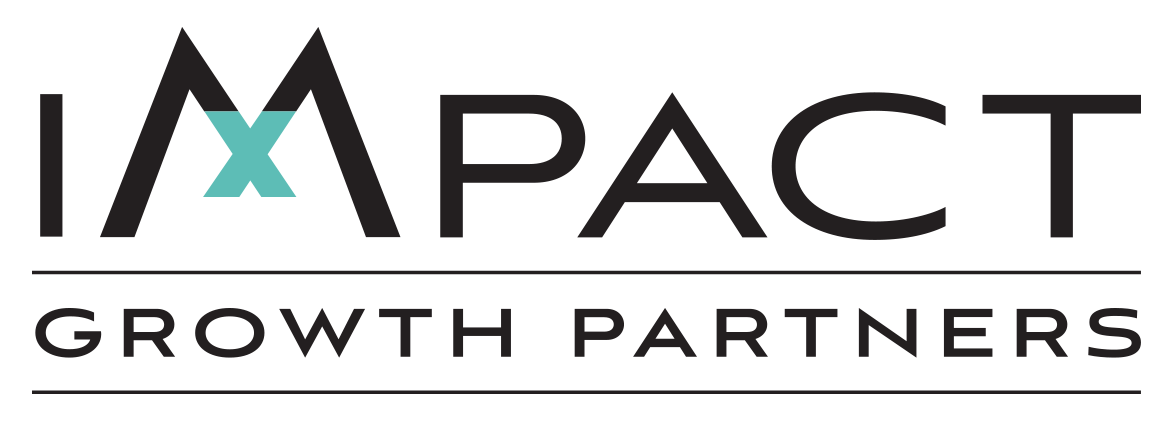An Ode to the B Impact Assessment
Globally, for-profit companies are attempting to use their resources to do good in the world while addressing global challenges. But they don’t know how to best go about it. Donate more? To whom? How much? Cash or in-kind? How do we know our donations are helping? Pay our workers better wages? How much? Based on what information? Offset our carbon emissions? How do we determine our emissions, and how much do we offset? What organizations are credible to buy carbon credits with? What is the carbon market anyway?
Companies are asking these operational questions, as well as conducting broader examinations of who they are, where they can best make a difference, what is important to their business and their stakeholders, and how to position these values as competitive advantages.
Not too long ago, these kinds of questions lived in a small sustainability office or corporate social responsibility position. And other activities such as sponsoring little league clubs, conserving water, and paying employees to volunteer, were just something you did, not part of a bigger strategy. Today, a growing number of companies are trying to balance their purpose and profits, and companies that have always been committed to social good are finding that they have to work harder to be recognized for that work. These conversations also no longer live in a small office within a company - they are taking place in every office and are part of every conversation and every aspect of a company’s operations, from their investors to suppliers.
“The B Impact Assessment is a comprehensive tool that can help companies align their operations with their social and environmental impact. And perhaps equally important, that information can then help guide their future strategic decisions.”
The B Impact Assessment is tailored by size and industry so that companies who use it generally see between 200-300 questions. To earn B Corp Certification, a company must score a minimum of 80 points out of a total of approximately 200 points. Companies have to earn each of these 80 points by doing positive things for their community and the environment and disclosing any controversial practices or policies. B Lab, the nonprofit creator of the B Impact Assessment and originator of the B Corp movement, assigns point values to each answer, so companies can see which actions offered in the questionnaire have the (potentially) biggest positive impact. The points allocated are not random - they are based on extensive academic, social, and environmental research and stakeholder alignment.
There are two kinds of questions in the B Impact Assessment - output-oriented questions and outcome-oriented questions. Output-oriented questions are very educational, and exist to give companies a sense of the kinds of actions they could take to improve. For example, does your company have a supplier code of conduct? This question awards companies that have standards articulated around the kids of suppliers they engage with. Outcome-oriented questions reward companies for the results they’re producing out of actions they’re taking to do good. For example, how many people landed jobs from that donation you made to that nonprofit job placement agency? The output-orientated questions are worth more than the outcome-oriented questions but they’re both in the Impact Assessment for companies to be able to consider, learn from, and use to guide decision-making going forward.
This is an Ode to the B Impact Assessment so let me now make my declaration - while B Corp Certification is the north star, any organization, anywhere in the world, in any industry, with any organizational structure, can measure their social and environmental impact right now. The B Impact Assessment helps companies to make informed, educated choices about the kind of positive impact they want to have moving forward. That is why I love the B Impact Assessment.
Want to learn more? Additional information about the B Impact Assessment can be found in our Frequently Asked Questions.
